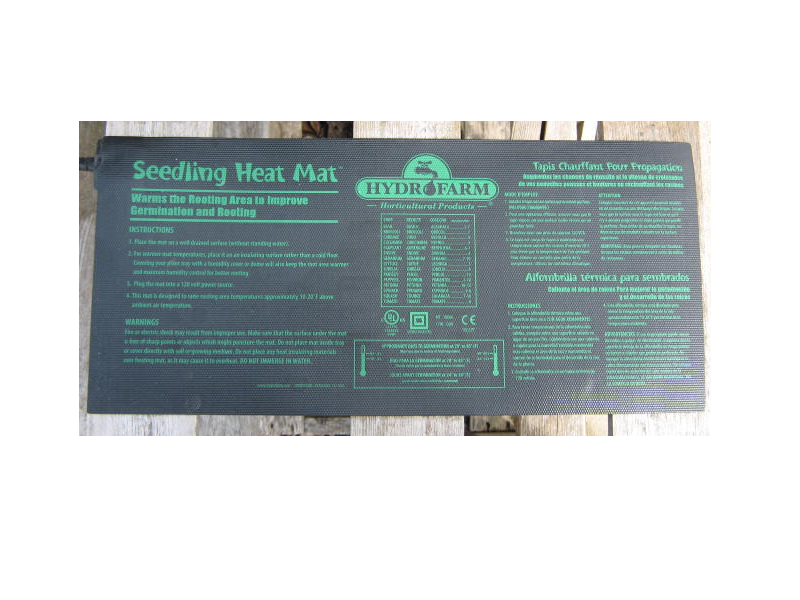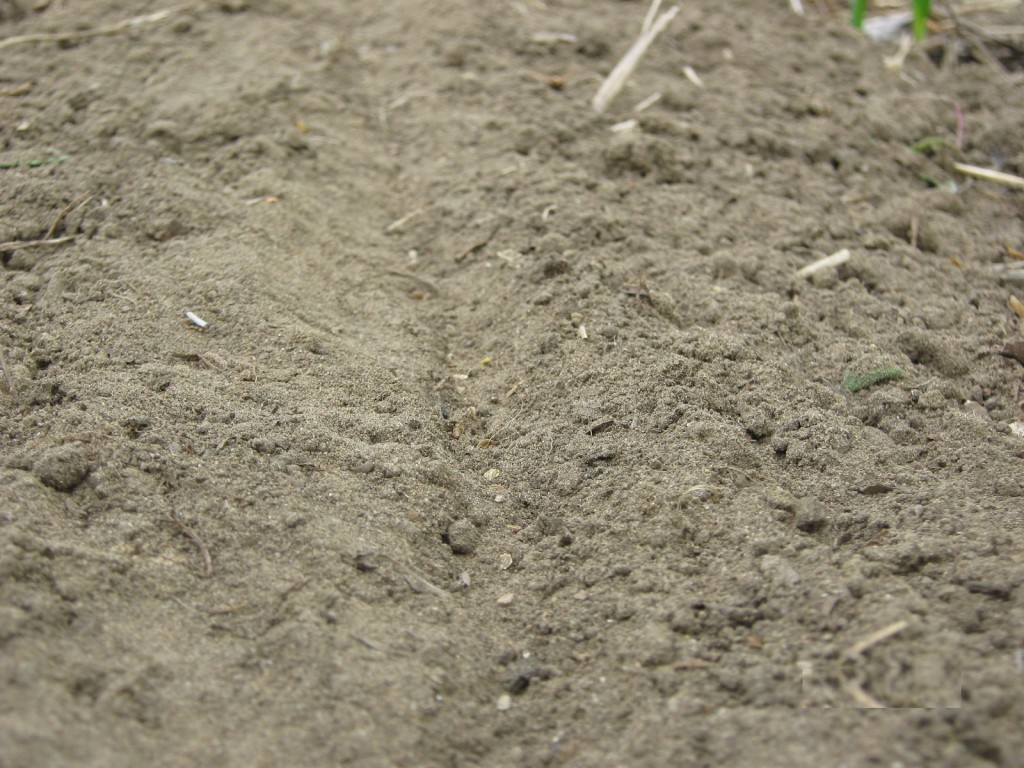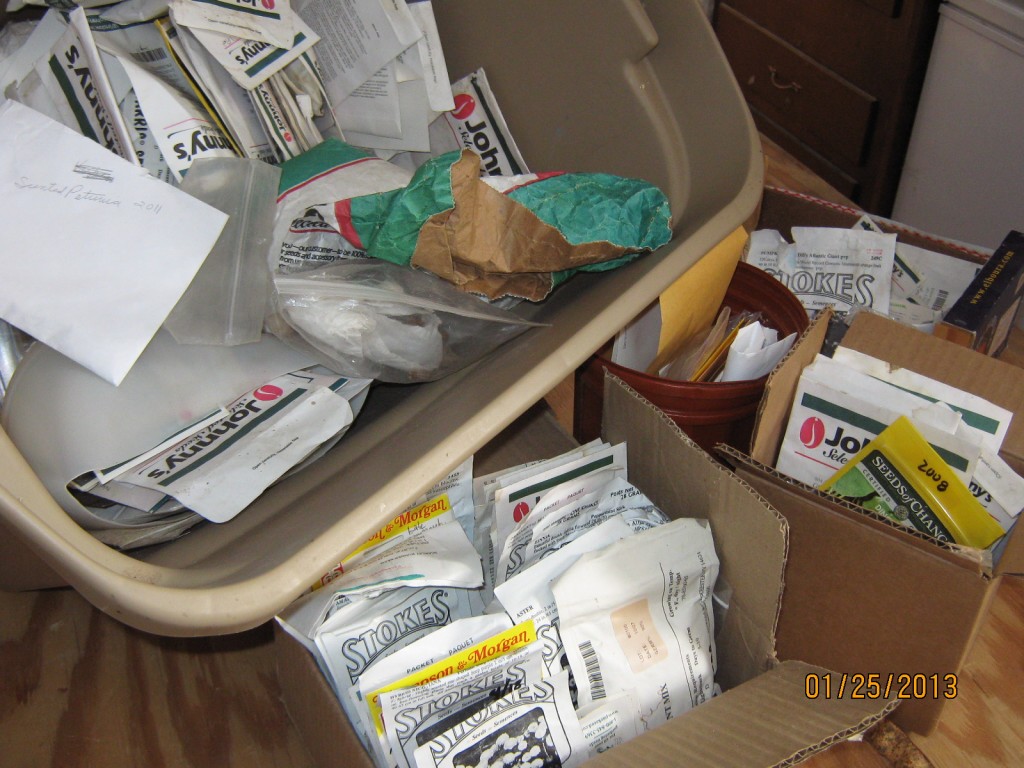For many years I started seeds without using a seedling heat mat.There never seemed to be any problems doing it that way as long as I was able to find a warm spot for my seed trays. Those were the days when the tops of refrigerators radiated heat and were nice and warm. That was the best place to germinate small amounts of seeds because the constant heat warmed up the seed starting containers to the ideal temperature. Small heat mats for home use were not readily available back then.
It wasn’t until I worked in a large private greenhouse that I really found out the advantages to using bottom heat. I needed to grow thousands of flower and vegetable plants from seed. Time was, and still is, a valuable commodity, I couldn’t afford to wait for seeds to sprout.
Seeds I grew on heat mats seemed to jump up through the soil surface compared to their unheated brethren — germination percentage went up too. After the first transplant growing season, I invested in a few large commercial heat mats.
These days, nearly all garden centers sell small heat mats. They are usually preset at a specific temperature and are not adjustable, unlike the commercial mats.
The small mats work just fine for small amounts of seeds. By small amounts, I mean you can still germinate enough seeds to grow hundreds of plants. That’s more than enough for an average home garden.
If you are even a little bit serious about growing plants from seed, a seedling heat mat is an essential investment, especially now that refrigerators aren’t warm anymore.
Bob


